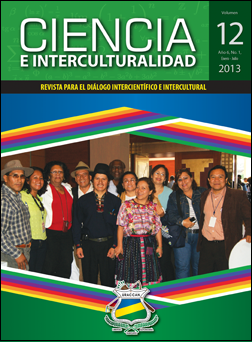Identification of potential trees (Theobroma cacao L.) in Siuna and Rosita, June 2009 - June 2010
DOI:
https://doi.org/10.5377/rci.v12i1.1221Keywords:
Amelonado, angoleta, Cundeamor, Zucchini, Moniliasis, Phytoptora, wild CherelleAbstract
The research focused on the selection of potential cacao trees, characterizing the environments that describes the productive behaviour of these trees and those that are resistant to plagues and diseases. 15 productive units were analized, distribuited as followed: 8 in the community of Carao, 2 in Guayabo, 2 in Rosa Grande, 1 in Floripon –municipality of Siuna-, 1 in Zopilote and 1 in Santa Rosa –municipality of Rosita-. This research will serve as a tool for the development of other researches, and as an instrument to improve the cacao production at a municipal and regional level, where the direct beneficiaries will be the producers who are involved in the process of crop improvement. A total of 78 potential cacao trees were identified, and the environments were characterized, also the productive behaviour, the resistance to plagues and diseases, as well as the agroecological and morphological characteristics.
Among the main results it’s important to mention the prevalence of the average production per tree, which behaved as follows: between 3.11 to 4.6 kg per tree in angoletas type, 3.1 to 4.00 kg in amelonados, 3.11 to 4.7 kg in cundeamor and 0.6 kg in the calabacin type. Most trees presented damages by plagues and diseases such as: Moniliasis, black-cob, wild Cherelle and worms in the fruits, as well as branches affectations.
CIENCIA E INTERCULTURALIDAD, Volume 12, Year 6, No. 1, Jan-July, 2013; 128-140
Downloads
996
HTML (Español (España)) 528
EPUB (Español (España)) 158
Resumen (Audio) (Español (España)) 150
Abstract (Audio) 172
Downloads
Published
How to Cite
Issue
Section
License
Copyright © (URACCAN)

This journal is licensed under a Creative Commons Attribution-NonCommercial-NoDerivatives 4.0 International License.
This license allows others to download the works and share them with others, as long as their authorship is acknowledged, but they can not be changed in any way nor can they be used commercially.




